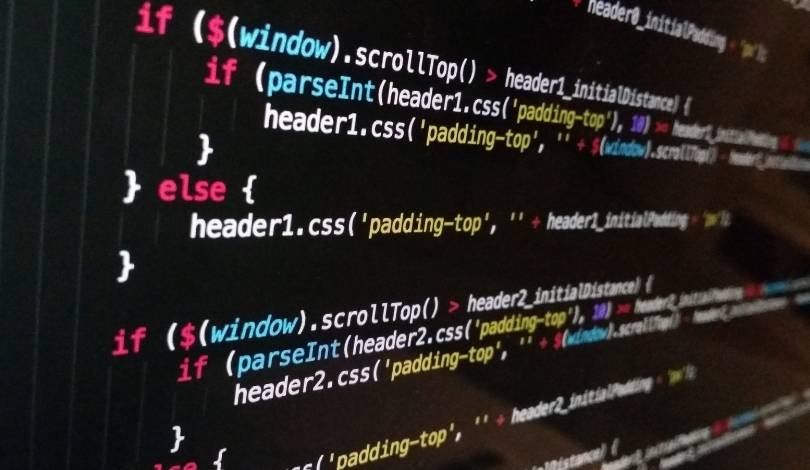Consumers anticipating upgrades in their computer systems may soon benefit from reduced prices on DDR4 RAM sticks. As the market continues to evolve, the demand for older generation memory modules is decreasing, potentially leading to attractive bargains for buyers. This shift presents an opportunity for both individual users and businesses to enhance their hardware without incurring significant costs.
DDR4 RAM has been a staple in the computer industry for several years, widely adopted across various devices. However, the introduction of DDR5 modules has begun to reshape the memory landscape, offering faster speeds and improved performance. Despite the advancements, DDR4 remains relevant due to its compatibility and cost-effectiveness for many applications.
Why Are DDR4 Prices Dropping?
The declining prices of DDR4 RAM can be attributed to increased production and the gradual phasing out in favor of DDR5 technology. Manufacturers are scaling down DDR4 production as they shift resources towards developing and promoting the newer DDR5 modules. This decrease in supply, combined with a stable or slightly reduced demand, creates a favorable market for lower prices.
What Challenges Does DDR5 Face?
While DDR5 offers superior performance, its higher cost and limited availability pose significant challenges.
“DDR5 technology is still in its early stages, and widespread adoption is hindered by production constraints and higher pricing,”
an industry analyst noted. These factors may slow the transition from DDR4 to DDR5, maintaining the relevance of DDR4 for the foreseeable future.
How Will Consumers Benefit?
Consumers stand to gain from the anticipated price drops of DDR4 RAM by being able to upgrade their systems more affordably. Whether for gaming, professional workstations, or general use, DDR4 provides a reliable and cost-efficient solution. Additionally, the availability of discounted DDR4 modules could lead to increased accessibility for users looking to enhance their computing experience without significant financial investment.
Market trends indicate a gradual normalization of DDR4 pricing as the industry adjusts to the growing prominence of DDR5. Retailers are likely to offer competitive prices to clear existing inventory, further benefiting savvy shoppers. This dynamic environment underscores the importance of timing when planning hardware upgrades to maximize value and performance.
As the memory market continues to transition, both DDR4 and DDR5 technologies will play pivotal roles in meeting diverse consumer needs. Understanding the pricing trends and performance capabilities of each can help users make informed decisions tailored to their specific requirements.
DDR4 RAM is expected to see price reductions due to decreased demand and increased supply. Meanwhile, DDR5 modules, although faster, will remain at higher price points as they gain traction in the market.










